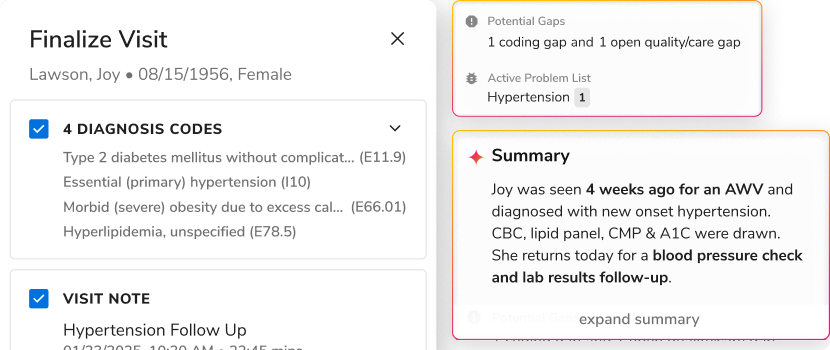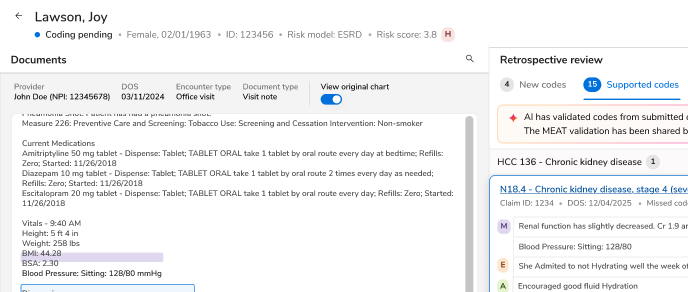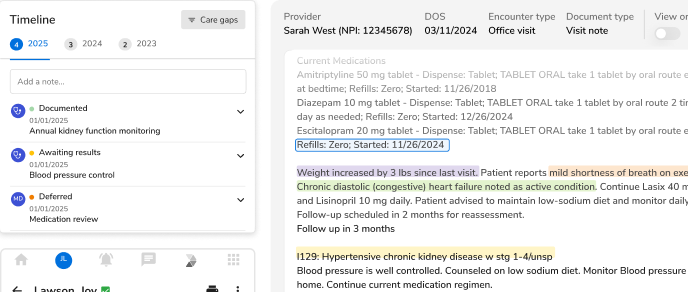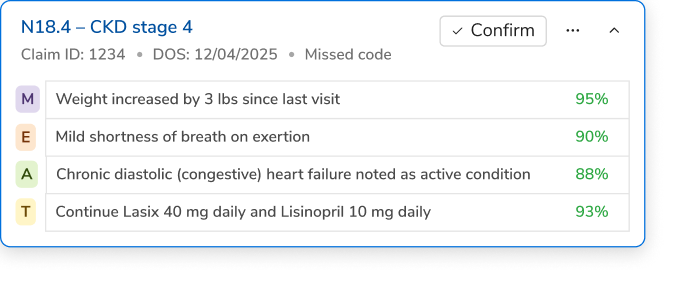Quality Reporting 101: How to Prioritize Your Clinical Quality Measures?

Transitioning and succeeding in value-based care (VBC) is increasingly becoming the focus of many providers. Despite initial reservations, many providers are becoming ardent supporters of VBC payment models and are often the catalysts for change in their organizations.
Traditionally, most providers were compensated under fee-for-service (FFS) arrangements (i.e., they were paid for services rendered, not outcomes). Cultures, habits, and workflows were developed around FFS arrangements. To expect physicians to suddenly adapt to an entirely new payment model was unreasonable.
However, the unprecedented rise of healthcare costs made it inevitable to look for ways to curb expenditures. As physician income constituted a significant percentage of healthcare costs, there was a need to optimize their compensation to incentivize cost-efficiency.
Helping physicians to adapt to value-based payments
In 2006, the Centers for Medicare and Medicaid Services (CMS) introduced the Physician Quality Reporting System (PQRS) to assist physicians in transitioning towards value-based payments. Under PQRS, physicians who successfully reported their quality data to CMS earned up to 1.5% in bonus payments in the first year.
Though physicians were gradually warming up to VBC and by 2013 51% of them reported quality data through PQRS, the pace of transition was far from ideal. Additionally, PQRS ended in October 2016.
PQRS ended, but quality reporting continues
After PQRS concluded, CMS announced the launch of the Merit-Based Incentive Payment System (MIPS). It was an amalgamation of PQRS, Meaningful Use, and the Value-Based Payment Modifier. Quality reporting came back with MIPS; this time with more focus. Under MIPS, most of the measures of PQRS were retained in their original form (some were, however, modified).
Physicians fully embrace value-based incentives
The bonus and penalty structure of MIPS, in its first year, went up to a maximum of 2 and 4 percent respectively. The payment adjustments were deliberately kept small so that providers would be encouraged to embrace quality reporting without initially facing significant financial repercussions. This strategy turned out to be largely successful. CMS reported that 93% of MIPS-eligible clinicians earned a payment bonus in 2019 for their performance measures in 2017.
The way forward: Increasing numbers of value-based contracts
Bonuses and penalties for quality reporting are not going away, and it is likely that they will continue to grow as a proportion of physician compensation. Payment adjustments are scheduled to increase to 7% in 2021 and 9% in 2022. Although it will be a long time before fee-for-service is entirely phased-out, rapid increase in incentives will cause more providers to shift their focus to maximizing quality-based compensation. Over time, FFS will simply become less remunerative as reimbursement dollars are increasingly shifted to value-based contracting.
Overwhelming reporting obligations
The shift to value-based care is making data more relevant; indeed, it is becoming – in effect – a form of currency for healthcare providers. Quality-based incentive programs require providers to submit measurement data to payers for evaluation. There are hundreds of quality metrics that providers can report to CMS. MIPS alone has for 273 measures! This poses a big problem for physicians as burnout is already a serious problem in medicine and increasing documentation requirements are not typically conducive to increased job satisfaction.
EHRs are not equipped to fulfill quality reporting requirements
To add to the reporting concerns, not all EHRs are effective at accurately reporting quality measures. In a project of 29 hospitals to determine how well EHRs reported data for the Hospital Inpatient Quality Reporting Program, CMS found that EHRs were not sufficiently equipped. The use of EHRs alone to report quality measures was not enough and did not result in accurate reporting of the quality of care delivered.
Two primary reasons for this gap were found. First, many EHRs did not include mapping fields with the information required for reporting specific quality measures. Second, the administrative requirements for reporting clinical quality measures did not accommodate the average hospital’s workflow.
A data platform to ease exhaustive reporting requirements
Aggregating data from many sources and formatting it for submission to payers is the biggest challenge providers face when seeking to fulfill quality reporting requirements. The larger the organization, the more complicated and time consuming the process becomes. To address this, providers should focus on a data platform and not simply rely on their EHR. A data platform can enable automated and seamless data integration from multiple sources. This will not only ensure timely completion of quality data collection, but it will also eliminate the many errors that occur due to manual entry.
Another issue that providers struggle with when working with quality data is resolving data gaps. Often, old data needs to be updated or there are some missing fields that need to be completed. Manually identifying these opportunities is extremely difficult. However, if these gaps are not identified, a provider’s quality scores could be adversely impacted; thereby negatively impacting incentive payments. Once again, a data platform can address this problem. Automating the process of matching patient records from different sources can easily highlight data gaps. Providers and their staff can note them and fill/update the data to enable accurate quality reporting and maximize incentive program compensation.
The road ahead
The momentum towards more value-based care is increasing daily and quality reporting requirements will likely not decrease in the near future.
Providers must find efficient ways to meet reporting requirements. Doing so will maximize their reimbursements and allow the highest quality providers to earn more than they could under traditional payment models.
Technology can assist providers in achieving quality reporting success. A data-driven approach to quality reporting can eliminate manual data entry burdens on providers and allow them to spend more time caring for patients, not caring for data.
To know more about simplifying quality reporting and improving the care delivery process, get a demo.
For more updates, subscribe.
Read the story behind the $1 billion savings of US healthcare and get the region-specific analysis of the value-based landscape across the US with this one-of-a-kind “State-of-the-Union” report.

.png)





.png)









.svg)
.svg)

.svg)

